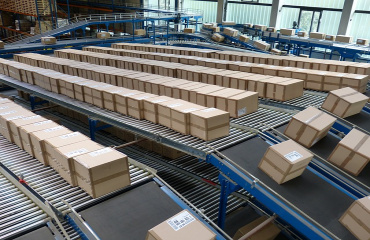Search

DC Transformation
DC Transformation Project
Multi national retail client with over 450 stores across Australia required a review of their national supply chain with a view to transform the primary distribution centre into a more efficient and responsive operation. Cost blowouts in labour were extensive and mainly due to layout constraints and the lack of investment over time into the business. With a SKU portfolio of over 40,000 items, the DC needed to despatch over 18,000 orders per day to replenish retail outlets.
DC transformation Roadmap
This involved going to market and releasing a tender to suitable and capable 3PL operators who could support a complex business as a 3PL outsourced operation. The selection process was quite detailed and involved interviews, site visits and discussions with existing clients to understand the true capability and experience with new prospective 3PL operators.
The next phase involved the development of detailed client requirements along with a transition plan which was project managed from scope to final golive. This process involved numerous stakeholders from within the business, technology SME's and warehouse specialists that focussed on creating the right layout within the 3PL operation.
Core Problem
- Current layout restricted output levels due to the use of storage solutions and MHE in close proximity with people.
- Racking systems were modified over the years and did not support the storage needs of a growing business.
- Inventory procurement practices were driven by volume price points and did not balance the needs of available space.
- External storage costs were excessive with over 150 containers either in transit or off site pending release to DC for processing.
- No standard practices for on boarding casual labour and managing existing resource pool against needs of the business.
Problem resolution
- Layout modifications were made within a limited capital budget to improve goods flow safely across the entire site.
- Inventory evaulation led to optimised storage requirements for racking, CLS, sortation conveyor and long span pick shelving.
- Forklift fleet was reviewed and upgraded to be more suited to racking heights, dock operations and container unloading.
- Development and release of standardised training materials for all aspects of the warehouse operations.
- S&OP workshops implemented to bring together planning, procurement and replenishment to control inventory investment and flow.
- Onboarding pack implemented to manage casual staff, integrate into daily operations and manage performance.

